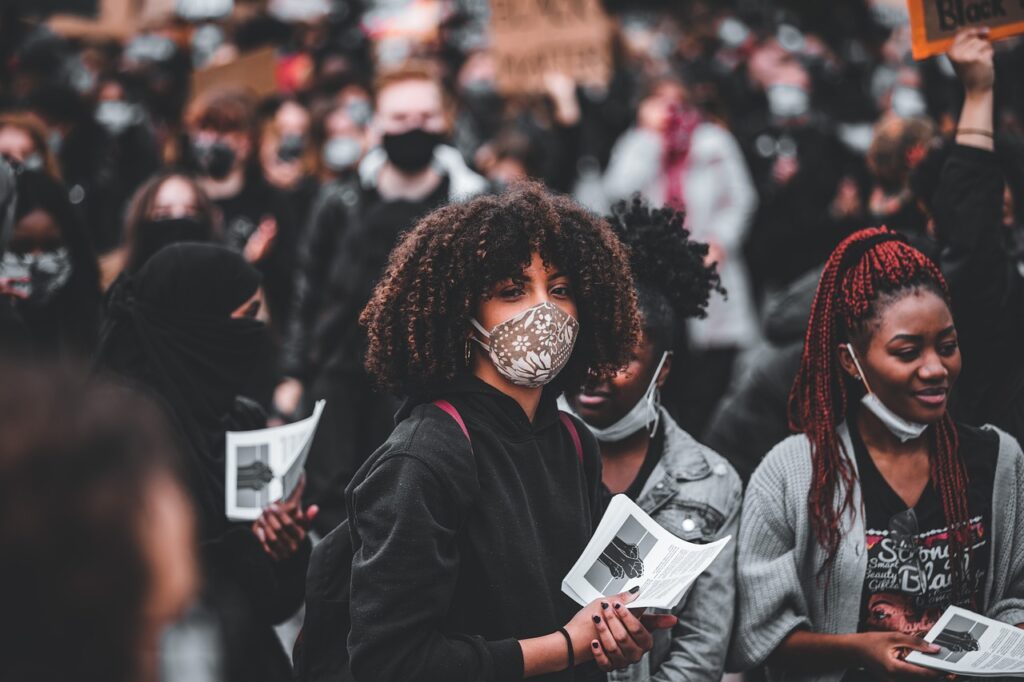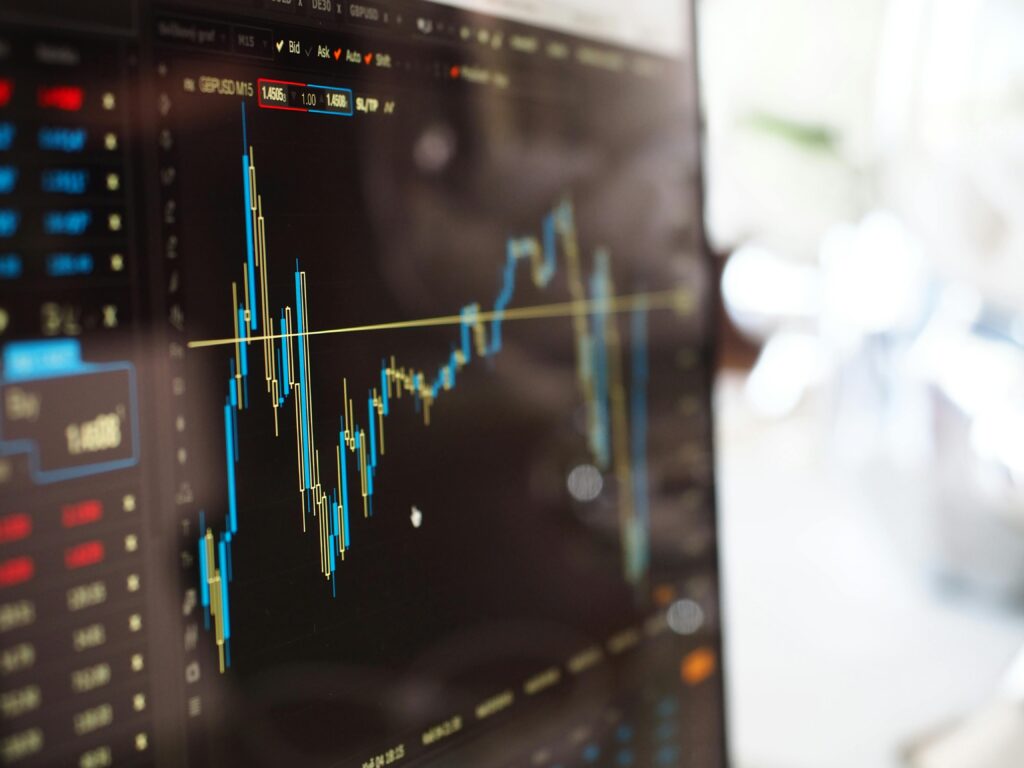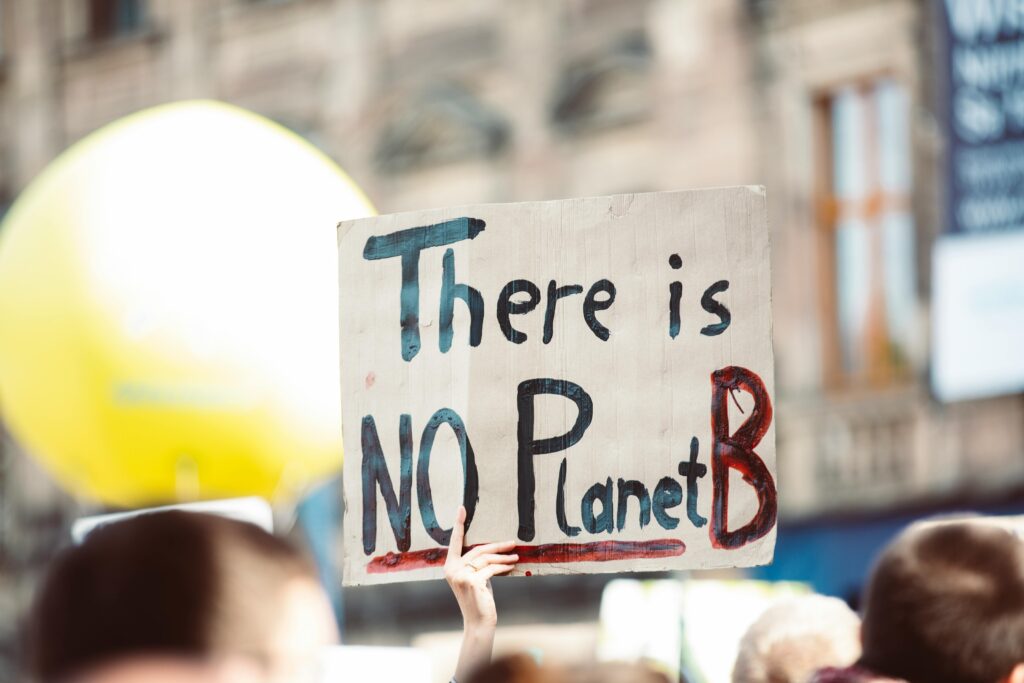In the digital age, the power to shape political narratives is no longer exclusive to campaign headquarters, television studios, or newspaper editorial boards. With the rise of social media platforms like TikTok, X (formerly Twitter), YouTube, and Instagram, a new era of political engagement has emerged—one where virality, influencers, and algorithmic reach drive the conversation.
This new wave—Populism 2.0—is defined not just by charismatic leaders, but by decentralized, grassroots momentum amplified by digital tools. It’s changing the way elections are fought, how policies are communicated, and how people, especially the youth, engage with democracy.
📲 What Is Populism 2.0?
Populism has historically thrived on the idea of “us vs. them,” often pitting the “common people” against the “corrupt elite.” Populism 2.0 retains that core identity but has evolved with the language and reach of the internet.
Today’s populist movements:
- Bypass traditional media, relying instead on viral videos and livestreams
- Speak in meme-friendly, relatable language
- Leverage social media influencers to spread political messaging
- Use emotion and identity politics to build loyalty and engagement
Unlike the television-driven populism of the 20th century, Populism 2.0 is algorithm-driven, emotionally charged, and lightning-fast.
📈 How TikTok, X, and YouTube Drive Political Influence
TikTok: The New Town Square for Youth Politics
With over 1.5 billion active users, TikTok has become one of the most influential platforms for shaping youth political opinions. Its short-form videos allow creators to simplify complex political issues into digestible content—often laced with humor, music, or satire.
Key Trends:
- Activists use TikTok to organize protests and awareness campaigns
- Politicians create behind-the-scenes content to humanize their image
- Hashtags like #ElectionTok or #GenZPolitics trend around major events
- Algorithms push emotional or polarizing content to wider audiences
In countries like the U.S., Brazil, and India, TikTok has already played an outsized role in rallying youth around both progressive and populist causes.
X (Formerly Twitter): The Arena of Real-Time Political Combat
While TikTok shapes sentiment, X is where political news breaks. It remains a vital space for journalists, politicians, and digital activists to shape public discourse—albeit with fewer filters and increasing ideological divides.
Why it matters:
- Politicians use threads and viral soundbites to bypass mainstream media
- Movements trend within minutes, triggering real-world protests or policy debates
- The platform is a battleground for culture wars, misinformation, and accountability
In 2025, election campaigns use X not just for announcements but as testing grounds for political messaging. The reaction data (likes, retweets, comments) helps refine speeches and slogans in real time.
YouTube: Long-Form Influence and the Rise of Political Influencers
While TikTok offers bursts of engagement, YouTube allows for deeper persuasion through long-form content. Many political figures—both official and grassroots—maintain YouTube channels to discuss policies, critique opponents, or expose media narratives.
Notably:
- Independent creators rival mainstream news in influence
- Political debates, exposés, and thought pieces get millions of views
- Long-form interviews and breakdowns cater to an increasingly curious, skeptical audience
Platforms like YouTube are particularly impactful in countries with press restrictions, offering an alternate source of uncensored political content.
👥 The Rise of Digital Youth Activism
Today’s youth are not passive consumers—they are creators, organizers, and influencers. Digital-native generations have:
- Led mass climate protests (#FridaysForFuture)
- Mobilized for racial justice (#BlackLivesMatter)
- Turned out in record numbers for recent elections in the U.S., UK, and Latin America
Unlike past decades where youth activism relied on leaflets and rallies, today’s movements are built on:
- Viral videos and livestreams
- Discord servers and group chats
- Crowdsourced information and micro-fundraising
Youth now hold a powerful tool in their pocket: the ability to mobilize thousands in minutes.
🗳️ How Social Media Is Reshaping Election Strategies in 2025
Political campaigns in 2025 no longer treat social media as a side strategy—it’s central to winning. Here’s how:
1. Microtargeting with AI
Campaigns use advanced analytics to deliver personalized messages to voters based on interests, location, and online behavior. This ensures that a 20-year-old college student in Delhi or Denver sees content tailored to their unique concerns.
2. Influencer Collaborations
Candidates now collaborate with digital influencers who have credibility with niche audiences—from fitness vloggers to meme pages—amplifying messages without formal ads.
3. Rapid Response Teams
Real-time “war rooms” monitor viral trends and respond instantly with tweets, TikToks, or videos—defending candidates, fact-checking opposition, or seizing viral moments.
4. Gamified Engagement
Campaigns are using quizzes, polls, and challenges to make political engagement more interactive and shareable—particularly for younger audiences.
⚠️ The Dark Side: Misinformation and Polarization
While social media democratizes political engagement, it also fuels misinformation, polarization, and digital echo chambers. AI-generated deepfakes, bot-driven amplification, and rage-based algorithms often prioritize emotion over accuracy.
The result?
- Increased political division
- Declining trust in institutions
- The erosion of nuance in public discourse
Governments and tech companies are under pressure in 2025 to regulate platforms, increase transparency, and promote digital literacy—without infringing on free speech.
🌍 Final Thoughts: A New Digital Democracy
The rise of Populism 2.0 signals a major shift in how politics is practiced and perceived. Social media has empowered new voices, challenged elite control, and reshaped the way we engage with leadership and each other.
In 2025, the battle for hearts, minds—and votes—is fought on screens, not stages. Understanding this shift isn’t optional—it’s essential for anyone who wants to grasp the future of democracy.



